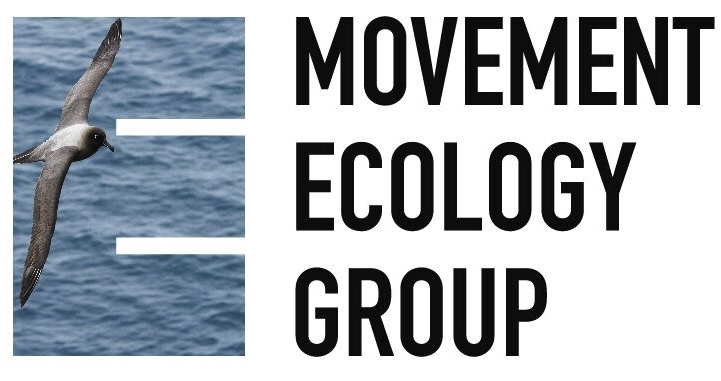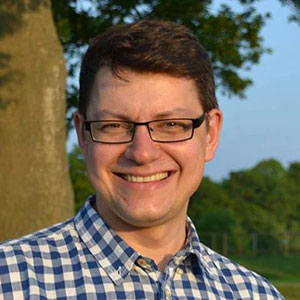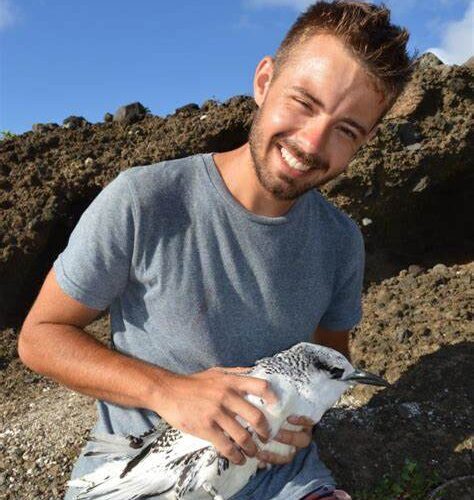
Join Us at the #BESMove2023 in St Andrews!
We are thrilled to invite you to the upcoming Annual Meeting of the Movement Ecology Special Interest Group (#BESMOVE2023) on August 28-29, 2023. Hosted by the Bell Edwards Geographic Data Institute – BEGIN at the…


